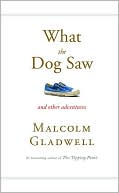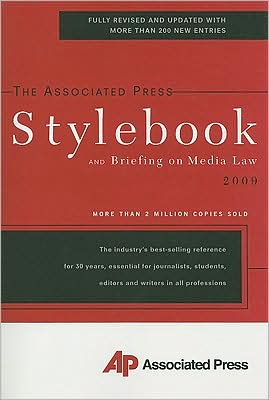News That Matters: Television and American Opinion, Updated Edition
Almost twenty-five years ago, Shanto Iyengar and Donald R. Kinder first documented a series of sophisticated and innovative experiments that unobtrusively altered the order and emphasis of news stories in selected television broadcasts. Their resulting book News That Matters, now hailed as a classic by scholars of political science and public opinion alike, is here updated for the twenty-first century, with a new preface and epilogue by the authors. Backed by careful analysis of public...
Search in google:
Almost twenty-five years ago, Shanto Iyengar and Donald R. Kinder first documented a series of sophisticated and innovative experiments that unobtrusively altered the order and emphasis of news stories in selected television broadcasts. Their resulting book News That Matters, now hailed as a classic by scholars of political science and public opinion alike, is here updated for the twenty-first century, with a new preface and epilogue by the authors. Backed by careful analysis of public opinion surveys, the authors show how, despite changing American politics, those issues that receive extended coverage in the national news become more important to viewers, while those that are ignored lose credibility. Moreover, those issues that are prominent in the news stream continue to loom more heavily as criteria for evaluating the president and for choosing between political candidates.“News That Matters does matter, because it demonstrates conclusively that television newscasts powerfully affect opinion. . . . All that follows, whether it supports, modifies, or challenges their conclusions, will have to begin here.”—The Public Interest
Preface to the Updated EditionAcknowledgments1 A Primordial Power?2 Pathways to Knowledge: Experimentation and the Analysis of Television’s Power3 The Agenda-Setting Effect4 Vivid Cases and Lead Stories5 Personal Predicaments and National Problems6 Victims of Agenda-Setting7 The Priming Effect8 Priming and Presidential Character9 Priming and Presidential Responsibility10 Victims of Priming11 Electoral Consequences of Priming12 News That MattersEpilogue, 2010Appendix AAppendix BNotesBibliographyIndex
\ Journal of Communication“The book is in many ways a model of research reporting. Hypotheses are expressly articulated, methodology carefully detailed, data clearly presented and, best of all often convincingly explained. The result is a lucidly written work deserving widespread attention and serious, critical consideration. . . . It evokes admiration for confirming what many of us have long argued: the importance of television news for public opinion and politics.”—David L. Paletz, Journal of Communication\ — David L. Paletz\ \ \ \ \ \ American Political Science Review“The authors believe—and provide numerous ingenious experiments to assert—that a subtle but pervasive, deliberate but nonconspiratorial influence by television news is a central piece of what gives (all) U.S. politics its continuing structure.”\ \ \ Journal of Communication“The book is in many ways a model of research reporting. Hypotheses are expressly articulated, methodology carefully detailed, data clearly presented and, best of all often convincingly explained. The result is a lucidly written work deserving widespread attention and serious, critical consideration. . . . It evokes admiration for confirming what many of us have long argued: the importance of television news for public opinion and politics.”\ \ \ \ \ Choice“This splendid work will stand as a hallmark of social science research into the social and political effects of television news. The authors have put together a complex, integrated system of experiments testing the effects of television news that is equal to the complexity of the process by which viewers comprehend such information. . . . The conclusions are carefully and cautiously presented, making it one of the most readable works of experimental research.”\ \








